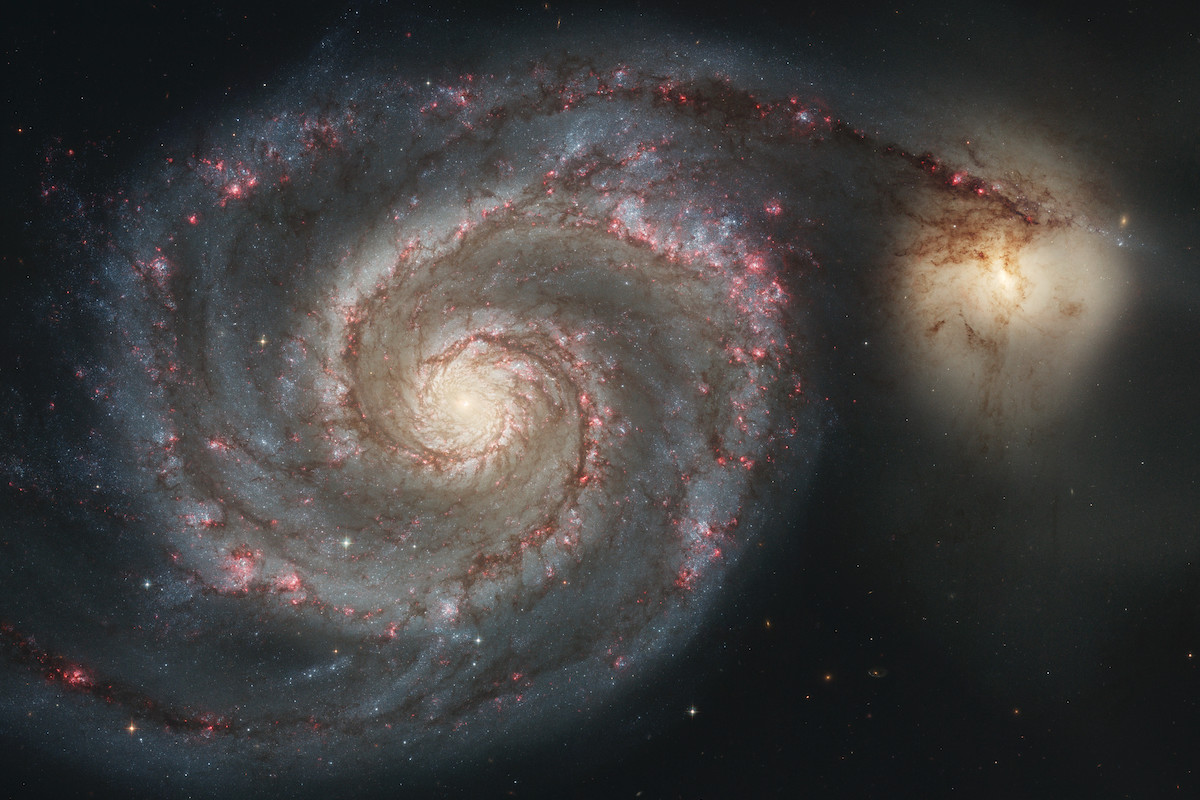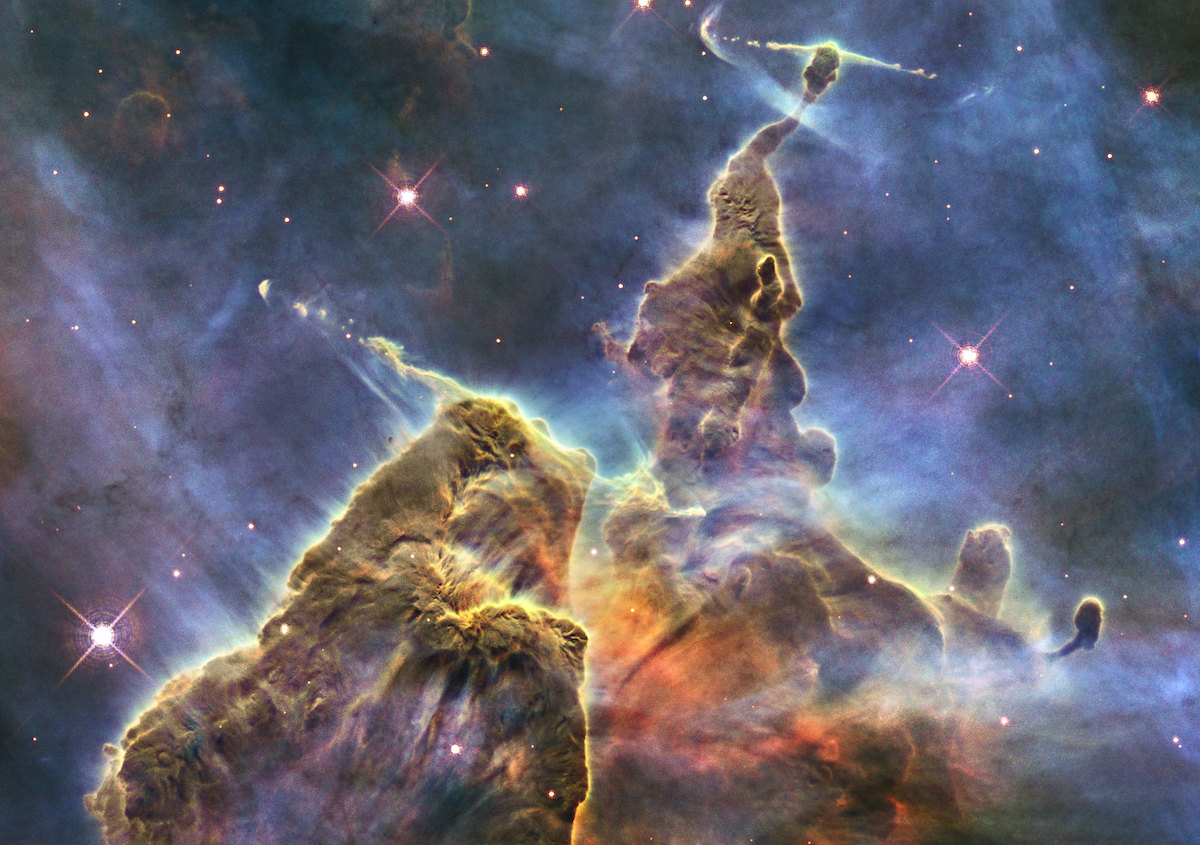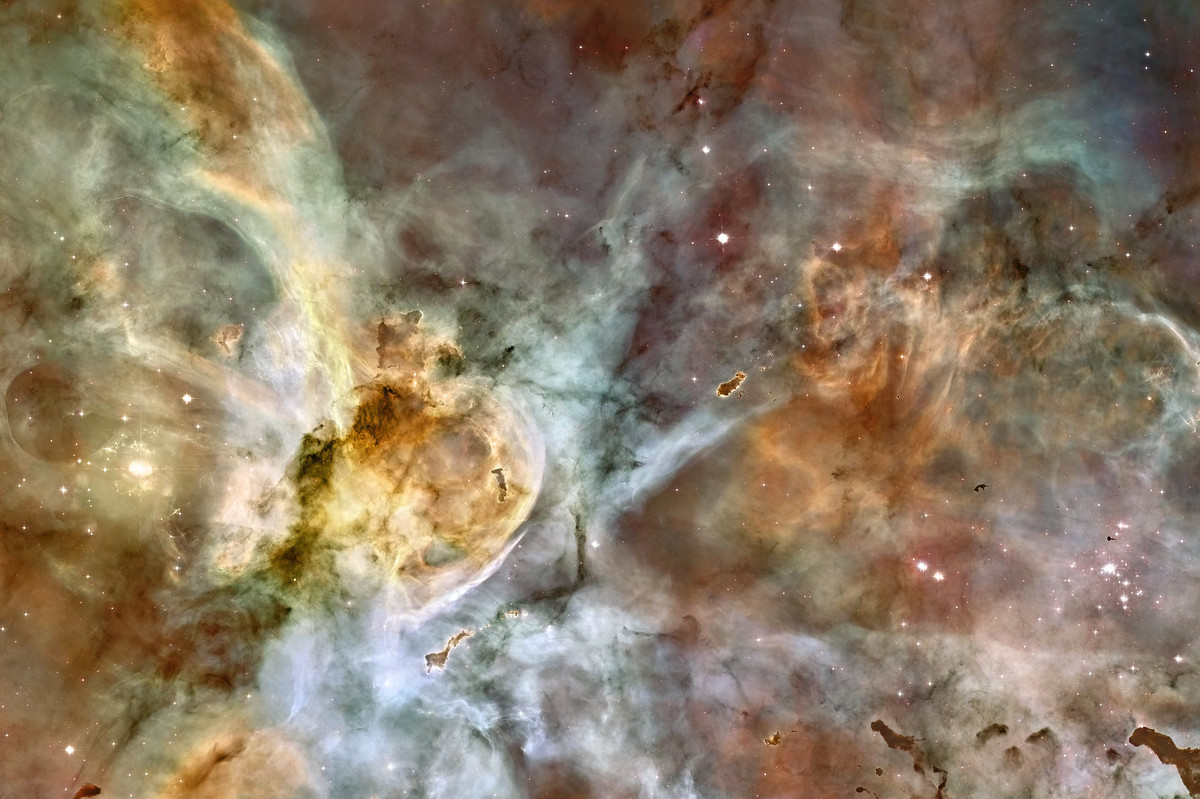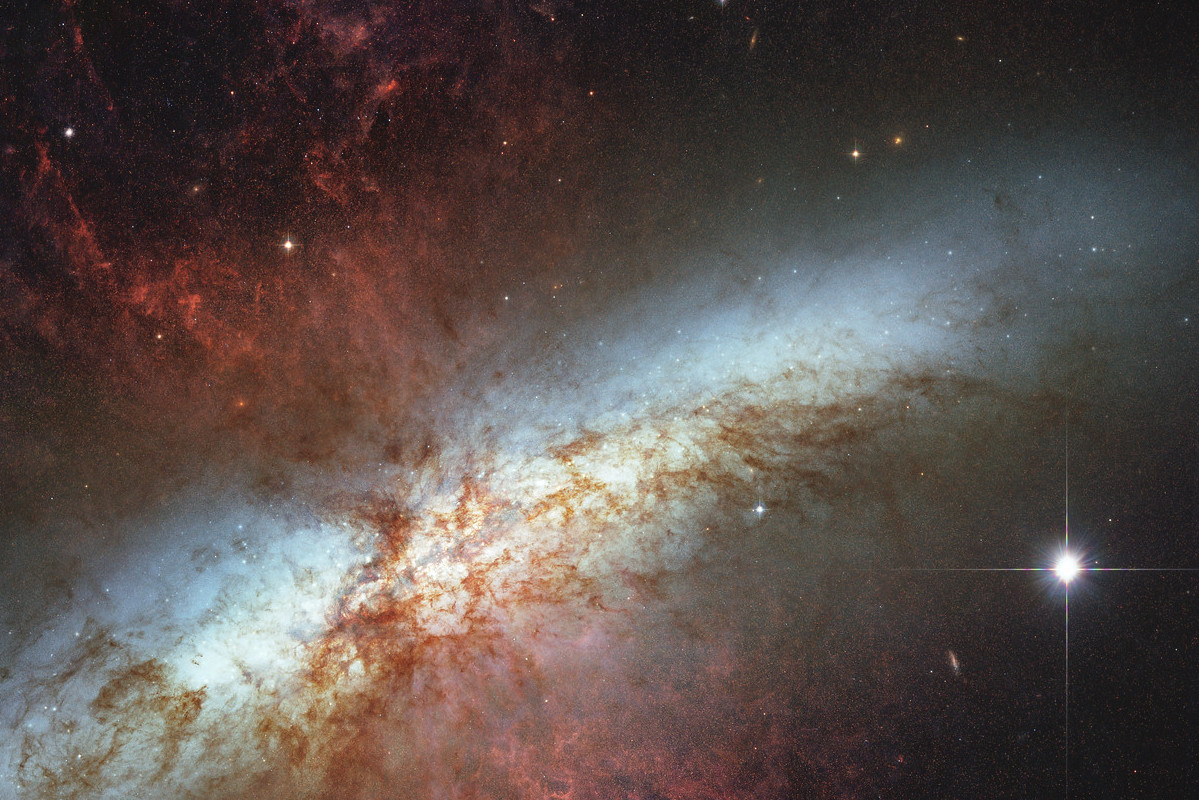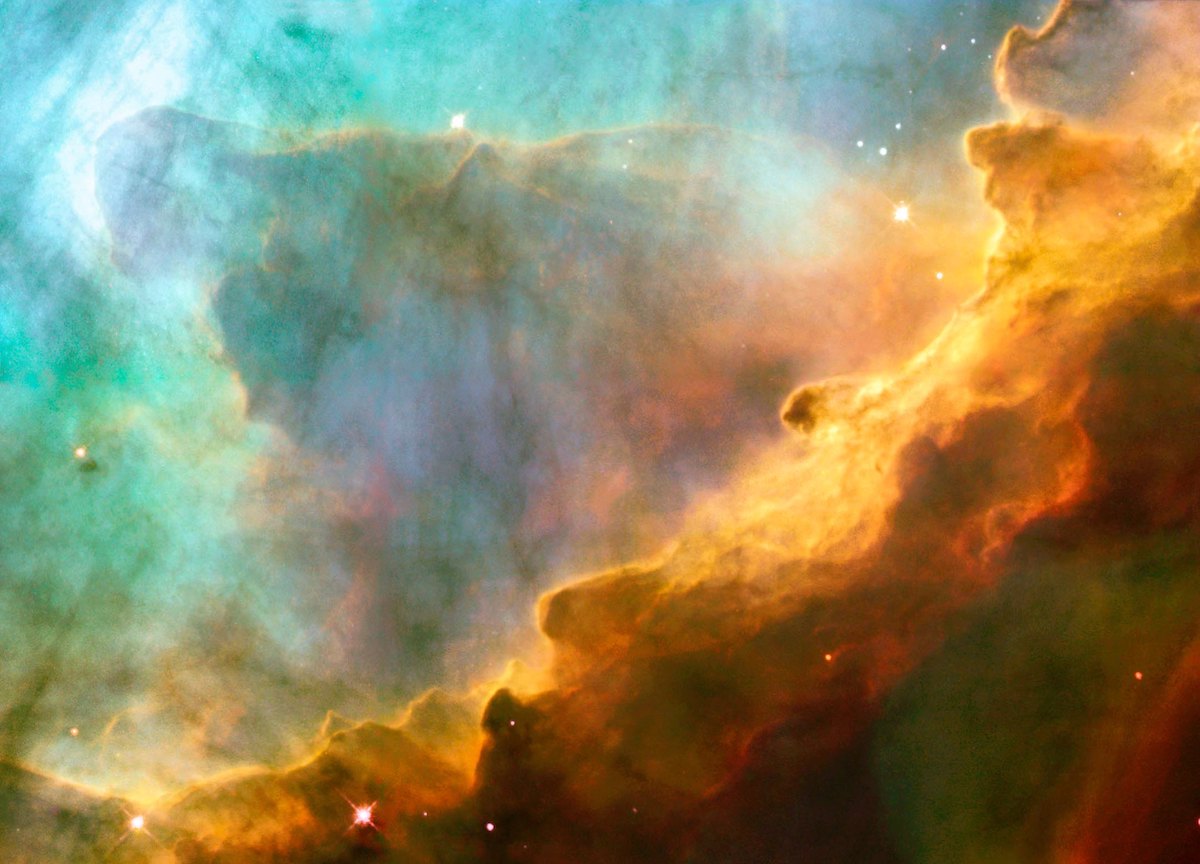This month, the Hubble Space Telescope is celebrating 30 years in orbit. The anniversary has prompted NASA to post a fun feature on its website that lets you see what the Hubble was up to on your birthday.
“Hubble explores the universe 24 hours a day, 7 days a week,” NASA said in a message accompanying the feature. “That means it has observed some fascinating cosmic wonder every day of the year, including on your birthday.”
To use the feature, simply type in your birth day and month and hit the submit button to reveal what the Hubble Space Telescope captured on that day.
Whatever your birth date, you’re bound to turn up something spectacular. After all, the powerful Hubble telescope is constantly peering into deep space, capturing unique and extraordinary intergalactic vistas that can’t be seen with the naked eye.
Check out these stunning examples of what the Hubble has captured over its 30-year history.
The Hubble Space Telescope launched in 1990 and has become one of NASA’s longest-serving and most important observatories, taking pictures of planets, stars, and galaxies on a regular basis ever since its deployment.
According to NASA, “Hubble has seen stars being born. Hubble has seen stars die. It has seen galaxies that are trillions of miles away. Hubble also has seen comet pieces crash into the gases above Jupiter.”
The telescope is about the size of a large school bus, weighs 24,500 pounds (equal to about “two adult elephants,” according to NASA), and gathers energy from the sun using two 25-foot solar panels. It orbits Earth at a distance of about 340 miles and travels at a speed of around 17,000 mph.
Using data gathered by the Hubble, researchers have published more than 13,000 journal articles, which make it one of the most productive scientific instruments ever built.
And the space telescope is as busy as ever — just a couple of weeks ago, researchers using the Hubble found the first evidence of an intermediate-mass black hole.
NASA had a bunch of celebrations planned for the Hubble Space Telescope’s 30th anniversary, but the coronavirus, officially known as COVID-19, has forced the space agency to postpone them. Fortunately, interested folks can still enjoy Hubble updates on Twitter, Facebook, and Instagram.
